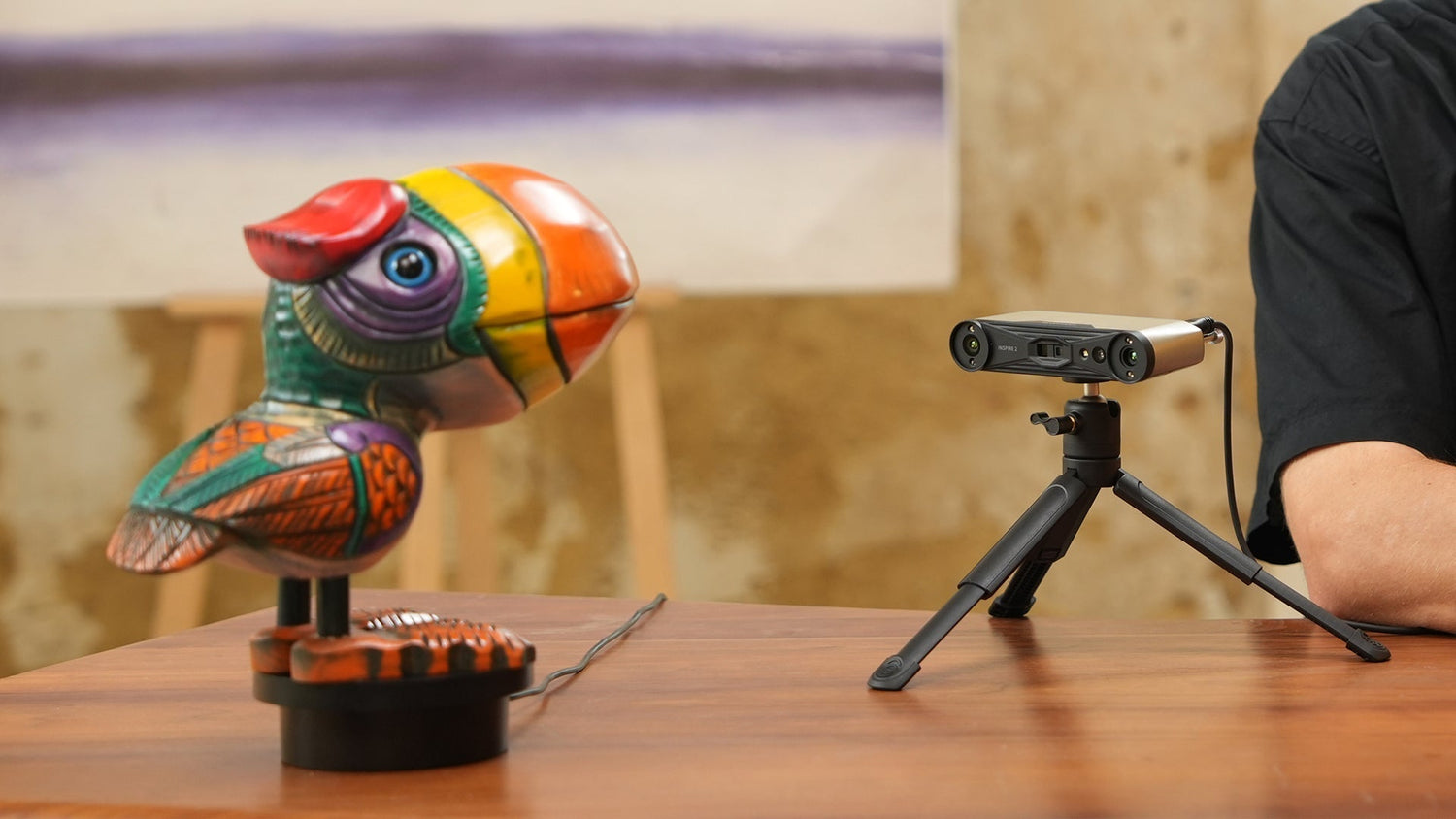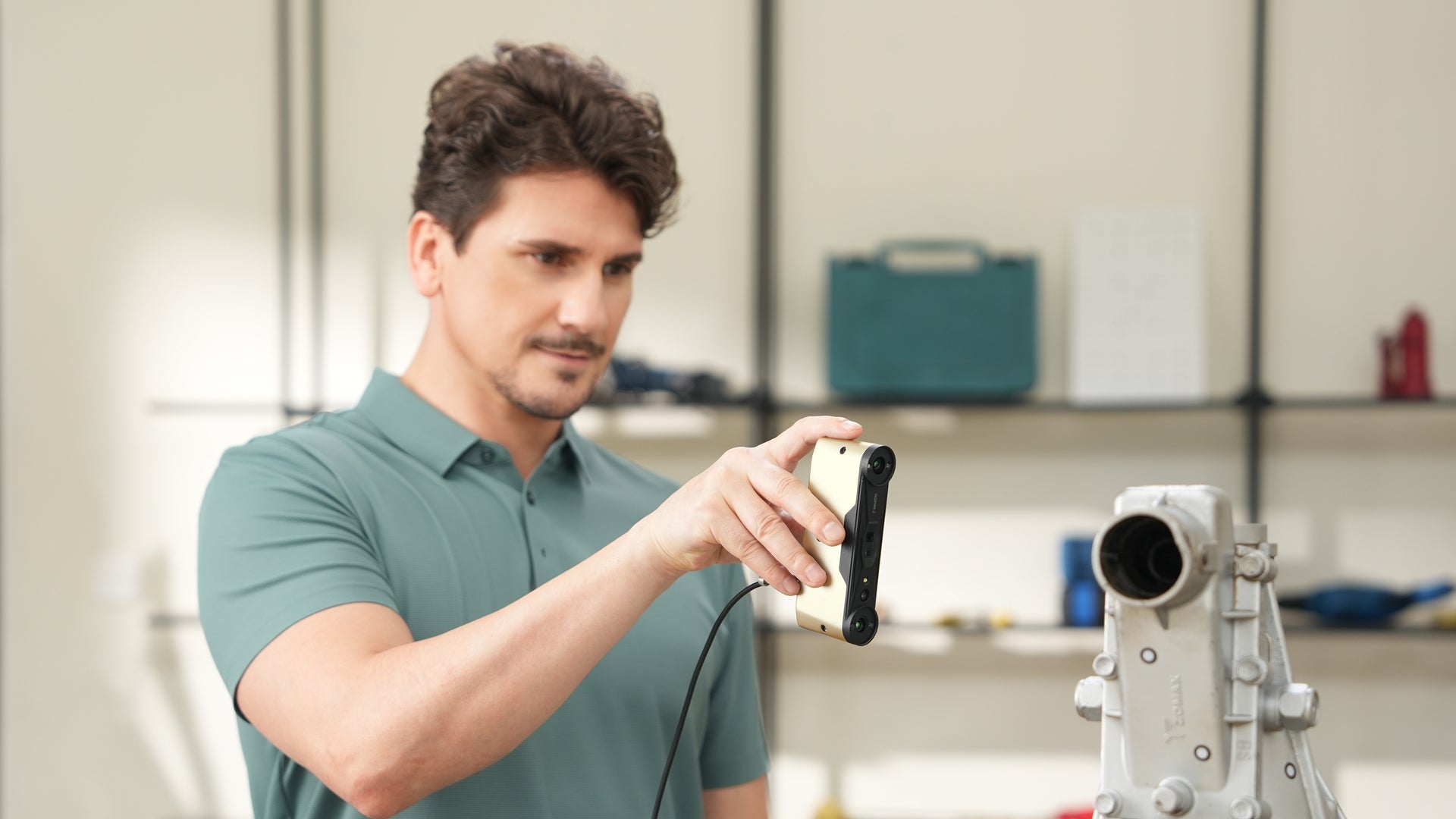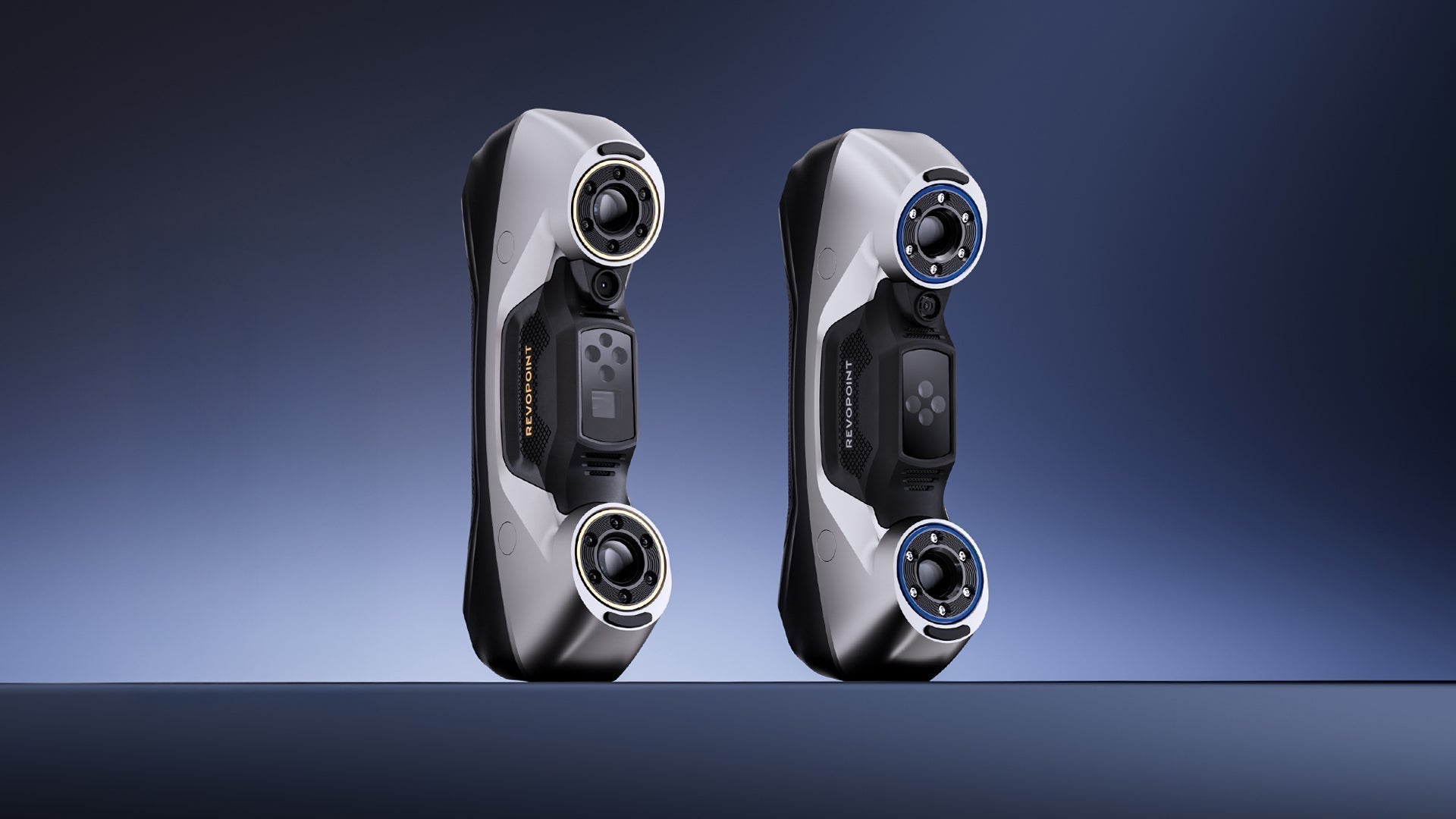3D scanners are everywhere these days, from factory floors and design studios to YouTube maker channels and even smartphone add‑ons. They promise a kind of digital magic: wave a device over an object and, in seconds, you’ve got a 3D model ready to use. Sometimes that promise holds up. Other times, the reality is a little less seamless.

If you’re weighing whether to get one or want to cut through the hype, it helps to know both sides of the story. Here’s a clear look at what 3D scanners really excel at and where their limits still show.
What 3D Scanners Can Do
Turn Real Objects into 3D Models
This is their main job. A 3D scanner captures the shape and surface details of an object, allowing it to be used in design, printing, game development, or analysis.

You can use one to scan things like tools and mechanical parts, sculptures or artwork, faces or whole bodies, and plants, bones, or natural textures. Once scanned, the model can be edited, scaled, or reused across different workflows.
Speed Up Reverse Engineering
If you need to recreate a part without an existing design file, a 3D scanner like MetroX or Trackit lets you skip manual measuring. It’s much faster and more accurate, especially for curved or irregular parts.

Give Robots Spatial Awareness
In automation, 3D scanners or cameras are often mounted on robots to give them spatial awareness. This helps them locate and interact with objects more accurately, especially when positions vary.

Improve Quality Control
In manufacturing, 3D scanning is used to compare finished parts against design specs. It’s fast, accurate, and doesn’t require physical contact, making it ideal for delicate or high-precision inspections.

Preserve or Document Real-world Items
Museums, artists, and researchers use 3D scanning to digitally archive physical objects. It’s a useful tool for conservation, education, or sharing shapes online.

What 3D Scanners Can’t Do
Instantly Create Clean CAD Models
Most scanners produce mesh files rather than editable CAD geometry. If you want to use the scan for engineering or parametric design, you’ll need to convert it with specialized software like Revo Design or QuickSurface Pro. This often takes extra time and skill.
See Inside Objects
Scanners can only capture visible surfaces. They can’t scan through plastic, metal, or other materials. If you need to see internal features, you’ll need something like a CT scanner.
Handle All Surfaces Easily
Shiny, transparent, or deep black surfaces are difficult for many scanners to capture. You should use scanning spray to treat the surface first, or use a blue laser scanner like the MetroX or MetroY series to capture such surfaces.
Replace Designers or Engineers
A scanner is a tool, not a replacement for a skill. You still need to know how to process, clean, and use the data. It won’t make design decisions for you.
Scan Large Areas Easily
While some scanning systems, like LiDAR-based ones or photogrammetry, can handle large spaces or vehicles, they require specialized knowledge and skills to be used effectively.
Consumer-grade handheld scanners aren’t suited to such scans, as they usually have limited fields of view, and large areas often have flat, repeating surfaces that 3D scanners will find challenging to track without markers.
Produce Perfect Results Out of the Box
Raw scan data often includes noise, holes, or extra geometry. Most models need cleanup before use. Some scanners, like Revopoint’s, include software to assist, but you’ll almost always need to do some editing before moving to the next step in your workflow.
3D scanners are not magic wands. They cannot see through materials, generate perfect CAD files, or eliminate the need for design expertise. What they can do is capture geometry quickly and accurately, accelerate reverse engineering, improve quality control, and preserve objects that matter. In other words, they are best understood as cameras for shape: incredibly useful when applied to the right task, but not a replacement for skill or judgment.
That is why the real value lies in how well a scanner balances capability with usability. Revopoint’s approach is to close the gap between promise and practice. By combining hybrid light sources, smart tracking, and intuitive software, its scanners deliver high‑quality results without a steep learning curve. Used thoughtfully, they do not just digitize objects, they expand what designers, engineers, and creators can achieve.



Leave a comment
This site is protected by hCaptcha and the hCaptcha Privacy Policy and Terms of Service apply.